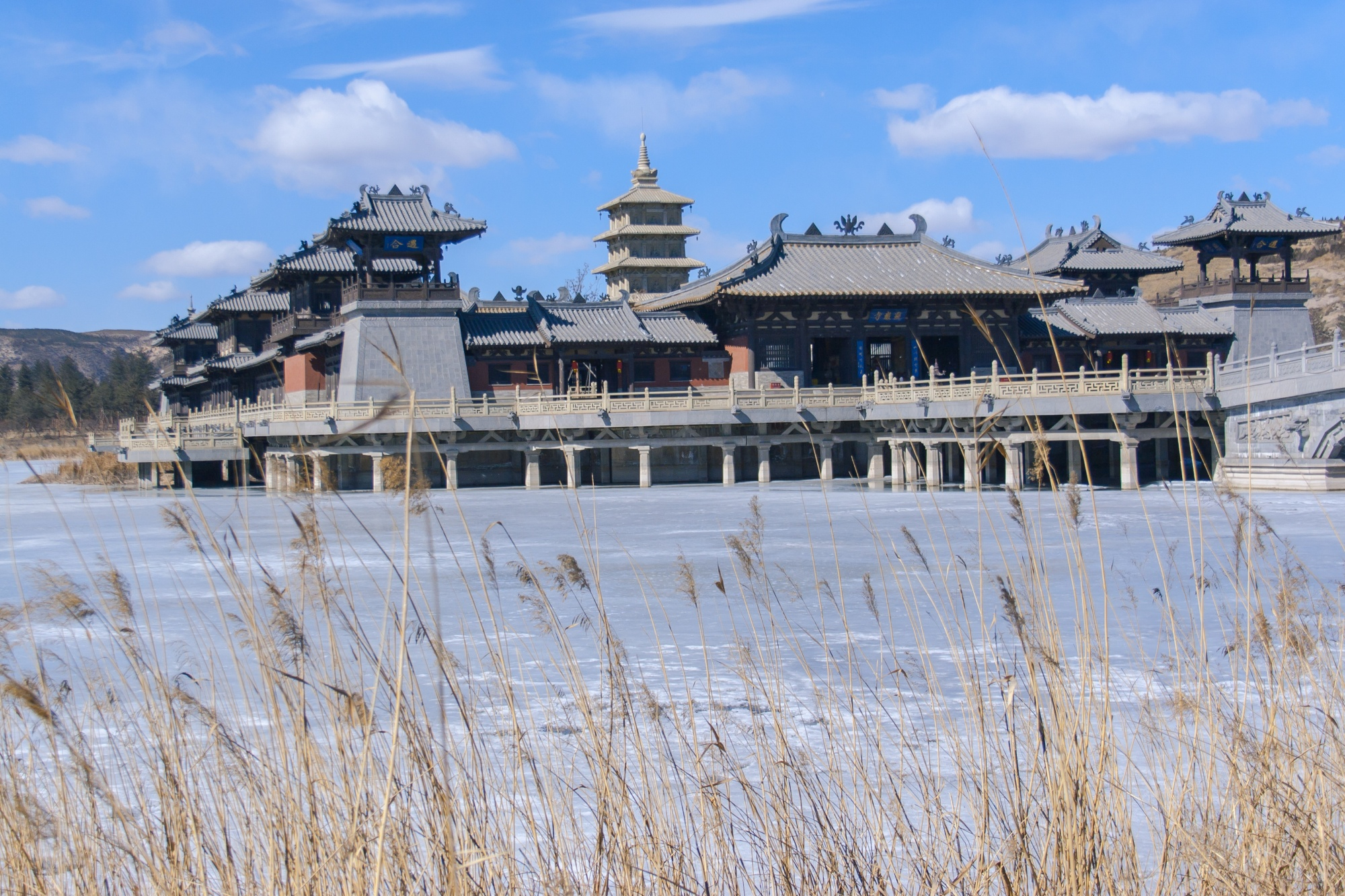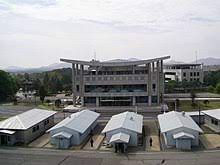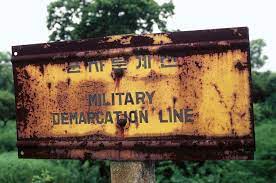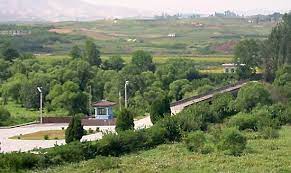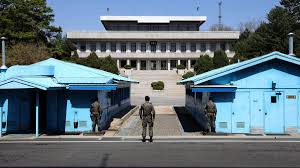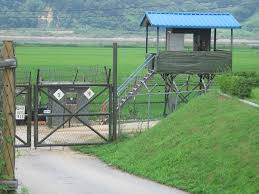The Korean Demilitarized Zone (DMZ) is a pivotal area that engages with modern history due to its role in the Korean War, the ongoing division between North and South Korea, and its significance as a symbol of international diplomacy. Here's how the DMZ connects with modern history: 1. Korean War and Armistice: The DMZ was established in 1953 as a result of the armistice that ended the Korean War (1950-1953). The war between North Korea (supported by China and the Soviet Union) and South Korea (with support from the United Nations, primarily the United States) left the Korean Peninsula divided along the 38th parallel. The DMZ was established as a buffer zone to separate the two sides. 2. Divided Peninsula and Tensions: The DMZ physically represents the division between North and South Korea, and it highlights the enduring tensions and hostilities that persist between the two countries. The lack of a formal peace treaty means that a state of war still technically exists, and the DMZ serves as a reminder of this ongoing conflict. 3. Symbol of the Cold War: The establishment of the DMZ occurred within the broader context of the Cold War, with the two Korean states becoming ideological battlegrounds for the competing ideologies of communism and democracy. The DMZ became a symbol of the global struggle for influence between the Soviet Union and the United States. 4. International Diplomacy: The DMZ has been a site for diplomatic engagements, both symbolic and substantive. High-level meetings and negotiations have taken place within the DMZ, including historic summits between leaders of North Korea and South Korea. The Panmunjom Declaration signed in 2018, for instance, outlined intentions for peace, denuclearization, and improved relations. 5. Joint Security Area (JSA): One of the most iconic parts of the DMZ is the Joint Security Area, where military personnel from North and South Korea come into close proximity. This area has been the site of various incidents and tensions, but it also provides a platform for limited interactions and communication between the two sides. 6. Border Incidents: The DMZ has seen several incidents and provocations over the years, underscoring the fragile nature of the armistice. Escalations, such as North Korean tunneling attempts and occasional gunfire exchanges, have periodically raised tensions in the area. 7. Reunification Aspirations: The DMZ is often considered a symbol of the aspirations for Korean reunification. Various efforts and initiatives have been proposed to turn the DMZ into a peace park or a zone of cooperation, promoting the idea of a unified Korea. In essence, the Korean Demilitarized Zone embodies the modern history of the Korean Peninsula, reflecting the aftermath of a devastating war, the ongoing division and tensions, and the diplomatic endeavors to address these challenges. As a site of both historical significance and ongoing developments, the DMZ offers a tangible window into the complexities of modern geopolitics and the quest for peace.
